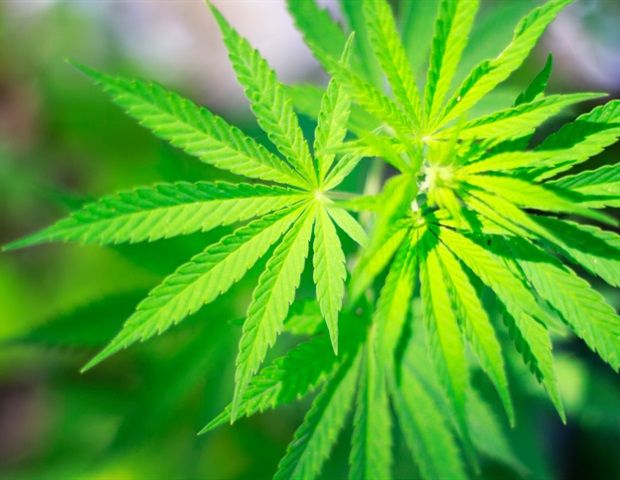
Hashish use might result in thinning of the cerebral cortex in adolescents in response to a latest research led by Graciela Pineyro and Tomas Paus, researchers at CHU Sainte-Justine and professors on the Université de Montréal School of Drugs. A collaborative effort between two analysis laboratories with complementary approaches, the research demonstrates that THC – or tetrahydrocannabinol, an energetic substance in hashish – causes shrinkage of the dendritic arborization, neurons’ “community of antennae” whose position is important for communication between neurons. This leads to the atrophy of sure areas of the cerebral cortex – dangerous information at an age when the mind is maturing.
If we take the analogy of the mind as a pc, the neurons could be the central processor, receiving all info by way of the synapses by the dendritic community. So a lower within the information enter to the central processor by dendrites makes it tougher for the mind to study new issues, work together with individuals, address new conditions, and so on. In different phrases, it makes the mind extra weak to all the things that may occur in a youngster’s life.”
Tomas Paus, professor of psychiatry and neuroscience, Université de Montréal
A multi-level method to higher perceive the impact on people
This venture is notable for the complementary, multi-level nature of the strategies used. “By analyzing magnetic resonance imaging (MRI) scans of the brains of a cohort of youngsters, we had already proven that younger individuals who used hashish earlier than the age of 16 had a thinner cerebral cortex,” explains Tomas Paus. “Nonetheless, this analysis methodology does not permit us to attract any conclusions about causality, or to essentially perceive THC’s impact on the mind cells.”
Given the restrictions of MRI, the introduction of the mouse mannequin by Graciela Pineyro’s workforce was key. “The mannequin made it potential to reveal that THC modifies the expression of sure genes affecting the construction and performance of synapses and dendrites,” explains Graciela Pineyro, who can be a professor within the Division of Pharmacology and Physiology at Université de Montréal. “The result’s atrophy of the dendritic arborescence that would contribute to the thinning noticed in sure areas of the cortex.”
Apparently, these genes have been additionally present in people, notably within the thinner cortical areas of the cohort adolescents who experimented with hashish. By combining their distinct analysis strategies, the 2 groups have been thus in a position to decide with a excessive diploma of certainty that the genes focused by THC within the mouse mannequin have been additionally related to the cortical thinning noticed in adolescents.
With hashish use on the rise amongst North American youth, and industrial hashish merchandise containing rising concentrations of THC, it is crucial that we enhance our understanding of how this substance impacts mind maturation and cognition. This profitable collaborative research, involving cutting-edge strategies in mobile and molecular biology, imaging and bioinformatics evaluation, is a step in the proper route for the event of efficient public well being measures.
Supply:
Journal reference:
Navarri, X., et al. (2024). Cells and molecules underpinning cannabis-related variations in cortical thickness throughout adolescence. Journal of Neuroscience. doi.org/10.1523/jneurosci.2256-23.2024.

